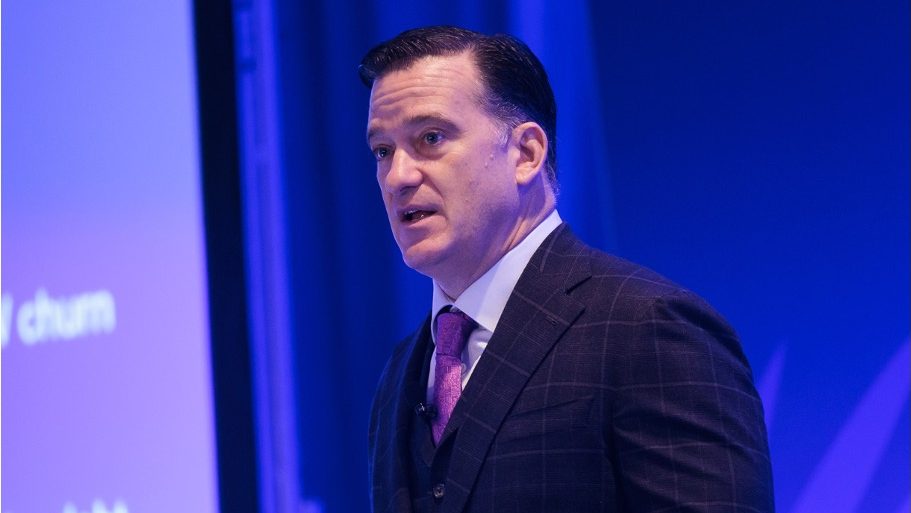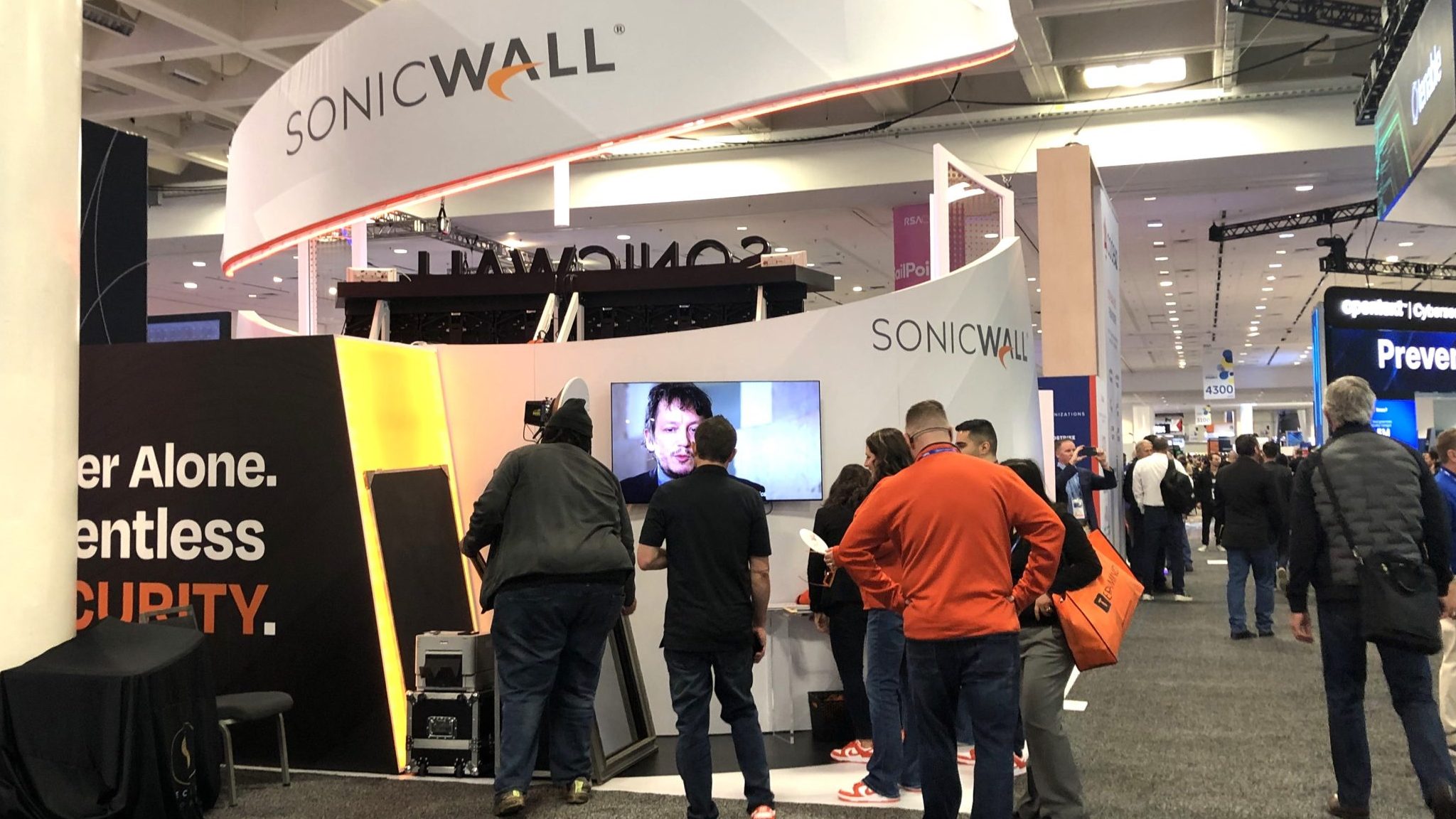For system builders concerned about hard drive pricing, good news is followed by less stellar predictions. On the positive side, the spike in unit pricing that began after the July 2011 flooding in Thailand is fading, according to Tom Coughlin, president of Coughlin Associates, a data storage consultancy and research firm in Atascadero, Calif., but “we may see a long-term trend of 10 to 15 percent higher pricing than we had in 2011,” he notes.
Coughlin’s data shows average hard drive sales prices bottoming out in Q3 2011 at around $50. A few months after the flooding, prices climbed to the $70 range. If his forecast is right, prices should eventually settle around $55 to $57.
Other experts broadly agree with this prediction of a decline that doesn’t reach the previous low. Fang Zhang, a storage analyst for IHS iSuppli, says the market analysis firm recently completed a study on hard drive pricing, which puts the current unit cost of hard drives at about $66. Although that figure will drop slightly this year, it will not likely approach pre-flood-level pricing until 2014.
Part of the reason is long-term purchase agreements that lock in supply and pricing. These typically run for a year and tend to act as a brake on price declines. No major hard drive supplier is going to sell drives for less than what is in a long-term purchase agreement unless it’s absolutely necessary, because such agreements are often with the biggest HD customers.
There’s also the impact of industry consolidation that began before the flooding. Cupertino, Calif.-based Seagate Technology LLC, for example, acquired Samsung Electronics’ hard drive operations in a deal announced in April 2011. Western Digital Corp., of Irvine, Calif., bought Hitachi’s disk drive business, completing the transaction in March 2012. In the process, Western Digital sold some assets to Tokyo-based Toshiba.
Thus, five suppliers became three, with Seagate and Western Digital accounting for the bulk of production and market share. Each has good insight into current and future demand, making it less likely that miscalculation will lead to an oversupply and a price drop. Each also has a desire not to cut the other’s throat, since a price war to gain an advantage could end up backfiring.
A Technological Wall
Another factor propping up pricing is the threat of a looming cliff. Current drive technology will run into a storage density wall in a few years. There are solutions on the horizon, though, such as heat-assisted magnetic recording and patterned magnetic recording. The industry consensus is that magnetic recording will be the likely winner, Zhang says.
But producing the new hard drives in the necessary volumes will require retooling entire production lines. The rollout of a brand-new technology and the transformation of factories will not be cheap, which gives the remaining suppliers even more of an incentive not to cut prices too much or too soon. “They’re trying to maintain their price as much as possible and maintain their profitability, so they can continue to invest in the technology to keep the entire industry going,” Zhang says.
For his part, John Monroe, research vice president at Gartner Inc., expects these new business practices will lead to structural changes throughout the industry, as outlined in his presentation at the May 2012 IDEMA Asia meeting. At the disk drive industry get-together, Monroe predicted a 10 percent increase in gross margins for drive makers and their downstream suppliers. To the extent that production and other costs are not cut, higher margins will translate into higher prices.
Finally, a word of caution: The recent hard drive shortages and high prices have created a window of opportunity for sleazy tactics, says Coughlin, including the selling of counterfeit drives. If the new normal is higher prices, more underhanded activity may follow. Of any “too good to be true” deals that may tempt those in the channel, Coughlin says, “You get less than what you paid for.”













